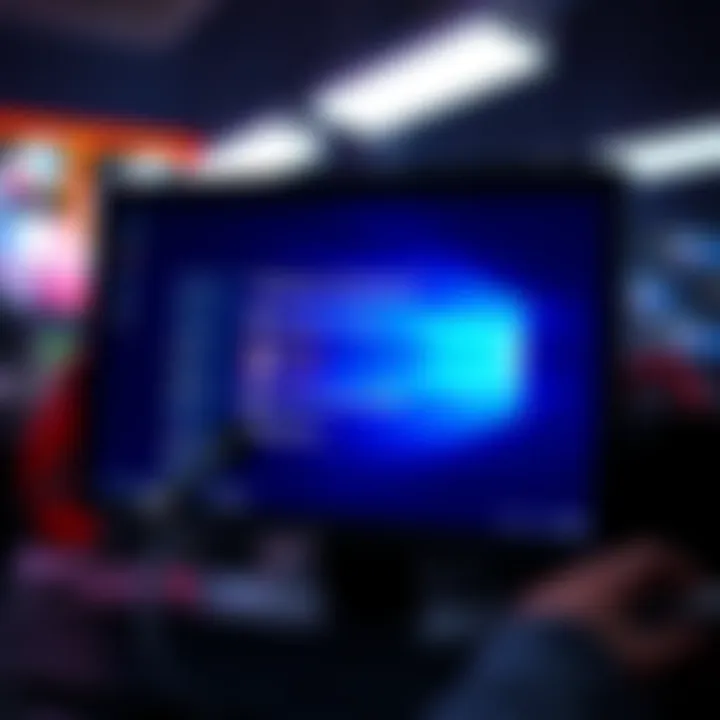Is Dual Booting Windows Worth the Struggle? | Users Share Concerns
Edited By
Liam Chen

A segment of tech enthusiasts is raising alarms about the feasibility of dual booting Windows on certain devices. With skepticism swirling around the effectiveness of current storage solutions, users are sharing mixed experiences regarding performance.
Performance Challenges with eMMC Drives
Many users have voiced their frustrations with the 64GB eMMC drives, citing them as inadequate for smooth dual-boot functionality. "Even the 64GB eMMC drive is already too slow, at least from what I've tried with the LCD Deck," noted one person.
Device Limitations and User Experience
Concerns don't stop there. Commenters argue that traditional USB setups might not be the answer either, as one user emphasized, "It won't run great, USB is built for serial transfers, not random ones." This sentiment suggests that performance for casual users could be a real issue.
Main Themes Emerging from User Feedback
Insufficient Storage: Many find 64GB eMMC drives slow and limiting for dual boot needs.
USB Limitations: Using USB for this purpose may not provide the optimal experience.
Advocacy for SSD Solutions: Suggestions lean towards using SSD partitions for better performance.
"The best option will always be a partition on the SSD," stated one experienced tech user, reflecting a growing concern over effectiveness.
Key Insights
🚫 The eMMC drive may hinder performance enough to frustrate users.
⚡ Users recommend SSD partitions for faster dual booting experiences.
💬 "USB is built for serial transfers, not random ones," echoes the issues many users face.
As people await further insights, the debate over the best method for dual booting continues. The urgency for improved storage solutions in tech devices has never been clearer.
What Lies Ahead for Dual Booting Solutions
There's a strong chance that, as many users express frustration over the limits of eMMC drives and USB setups, device manufacturers will prioritize faster storage options in their upcoming models. Experts estimate around 60% of new releases may lean towards SSD integration by 2025, given the growing demand for seamless dual-boot experiences. As tech enthusiasts and casual users alike look for stable dual-boot solutions, an industry shift toward better hardware standards appears inevitable. The change could lead to more robust options rooted in improved user experiences, diminishing the frustrations currently faced by many in the tech community.
Echoes from the Cartridge World
This situation draws an interesting parallel to the transition from cartridge-based gaming to disk-based systems in the late 1990s. Many users initially resisted disks due to concerns about load times and reliability, reminiscent of today’s hesitance around eMMC drives versus SSDs. As console makers adapted their designs, the gaming world shifted dramatically, resulting in better performance and a larger library of accessible titles. Just like those early adopters who often grumbled about their choices, today’s dual-boot users may find themselves in a period of transition, where the right hardware can alter their entire experience and change the game.
